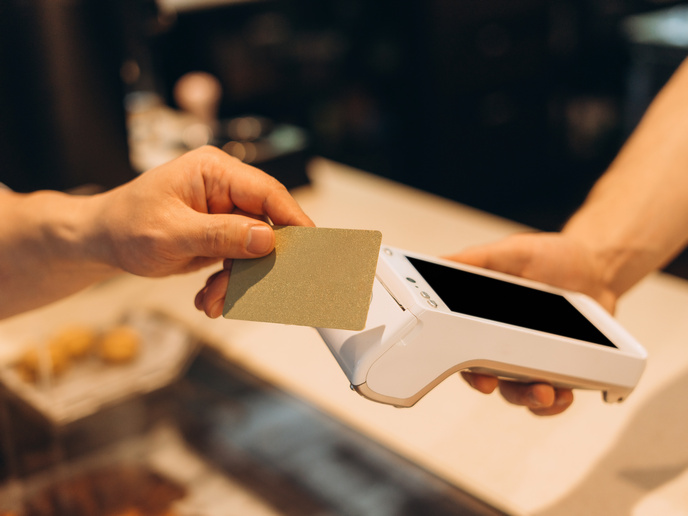Mastering the power of social media for better emergency response
As Alexandru Stan, innovation manager at IN2 in the UK would put it, the richness of social media is both a problem and an opportunity for emergency services. ‘They need reliable information, so information from social media cannot be used directly. It needs additional processing to evaluate its reliability, as well as correlation with events and groups likely to be involved in the event. They cannot afford to mistake rumours for real facts.’ Emergency services, however, usually rely on information coming through emergency lines, which are then mediated by officers. As such, using social media to do this could be considered as a natural evolution of these practices – as long as they can rely on tools to filter information and classify it. This is where the technologies developed under the SUPER(opens in new window) (Social sensors for secUrity Assessments and Proactive EmeRgencies management) project can play a defining role. ‘SUPER is a plug-and-play architecture in which social media analytics components of different types can be integrated, to support automatic data enrichment and information extraction by the end-user,’ Stan explains. ‘Our components can automatically detect events, perform sentiment analysis, make predictions about the credibility of the information or provide real-time reports on the situation at hand. To meet the time-critical constraints of emergency management, our algorithms learn common patterns from social media data collected during similar past events, and, from thereon, builds predictive models that can be applied in real-time when a new crisis hits.’ SUPER technology was built in close cooperation with stakeholders, whose requirements drove the development process. The consortium organised several stakeholder events to gather comments and feedback from various experts and professionals of civil protection and law enforcement agencies. They also carried out a number of validation exercises, using either simulations or real data. ‘The stakeholders were very interested in the possibilities offered by the use of social media and the tools we offer,’ says Danilo Antonelli, coordinator of the project for Vitrociset in Italy. ‘Some of them already use social media in their work and are very eager to get more tools that can help them exploit this source of information. Thier feedback has also been very useful in identifying many new requirements, some of which being related to far reaching issues such as the need for enlarging the pool of information sources or updating regulation.’ Now that the project has been completed, project partners would like to explore further stakeholder suggestions with a view to enhancing the effectiveness of the SUPER framework. ‘The final goal is to bring this innovation to market. But we still have some work to do to get there. We are currently considering possible options, such as experimental use and fine-tuning in an end-user organisation or through national plans for innovation,’ Antonelli explains. The SUPER project has managed to reach all of its objectives. Its solution takes on the challenge of social media’s fast-paced evolution by providing value-added tools that can easily be updated and extended.







